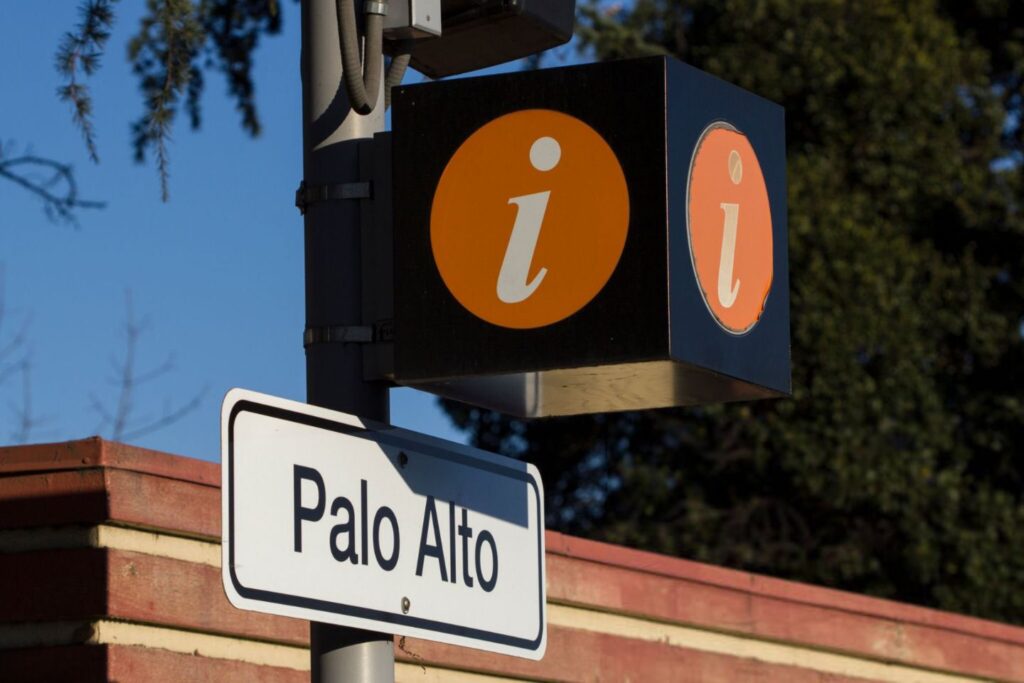Palo Alto’s accident statistics reveal a concerning trend; in 2021 alone, 51 speed-related accidents and 10 hit-and-runs were recorded in Santa Clara County. These numbers highlight the importance of legal awareness for victims.
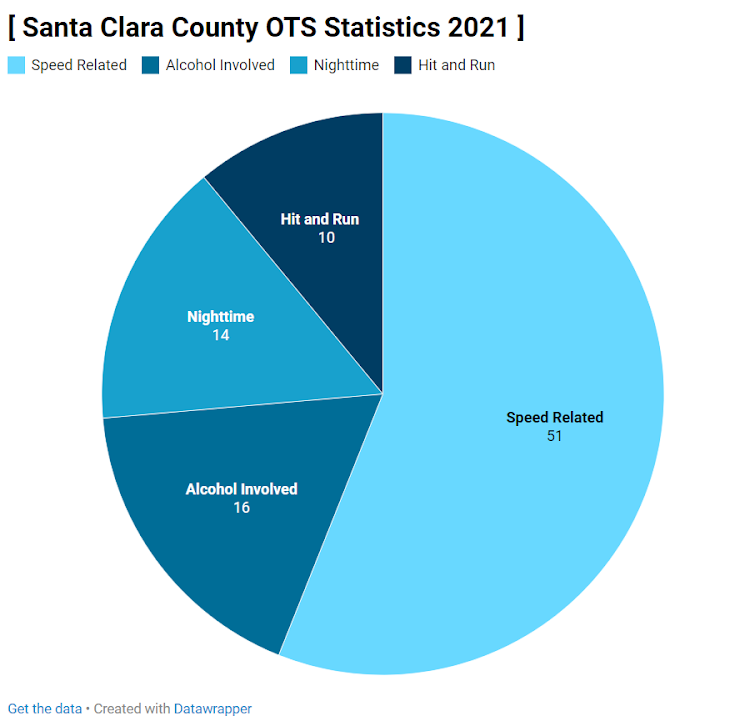

If you have been a victim of an accident in Palo Alto, this blog post will answer all your legal queries. We will cover everything from relevant legal codes to the types of compensation you could be eligible for. Read on for actionable advice on navigating the legal complexities following Palo Alto accidents.
Immediate Steps to Take After an Accident in Palo Alto
If you’ve been involved in an accident in Palo Alto, acting swiftly and sensibly can significantly impact the outcome of your situation. Here’s an overview of some immediate steps you should take.
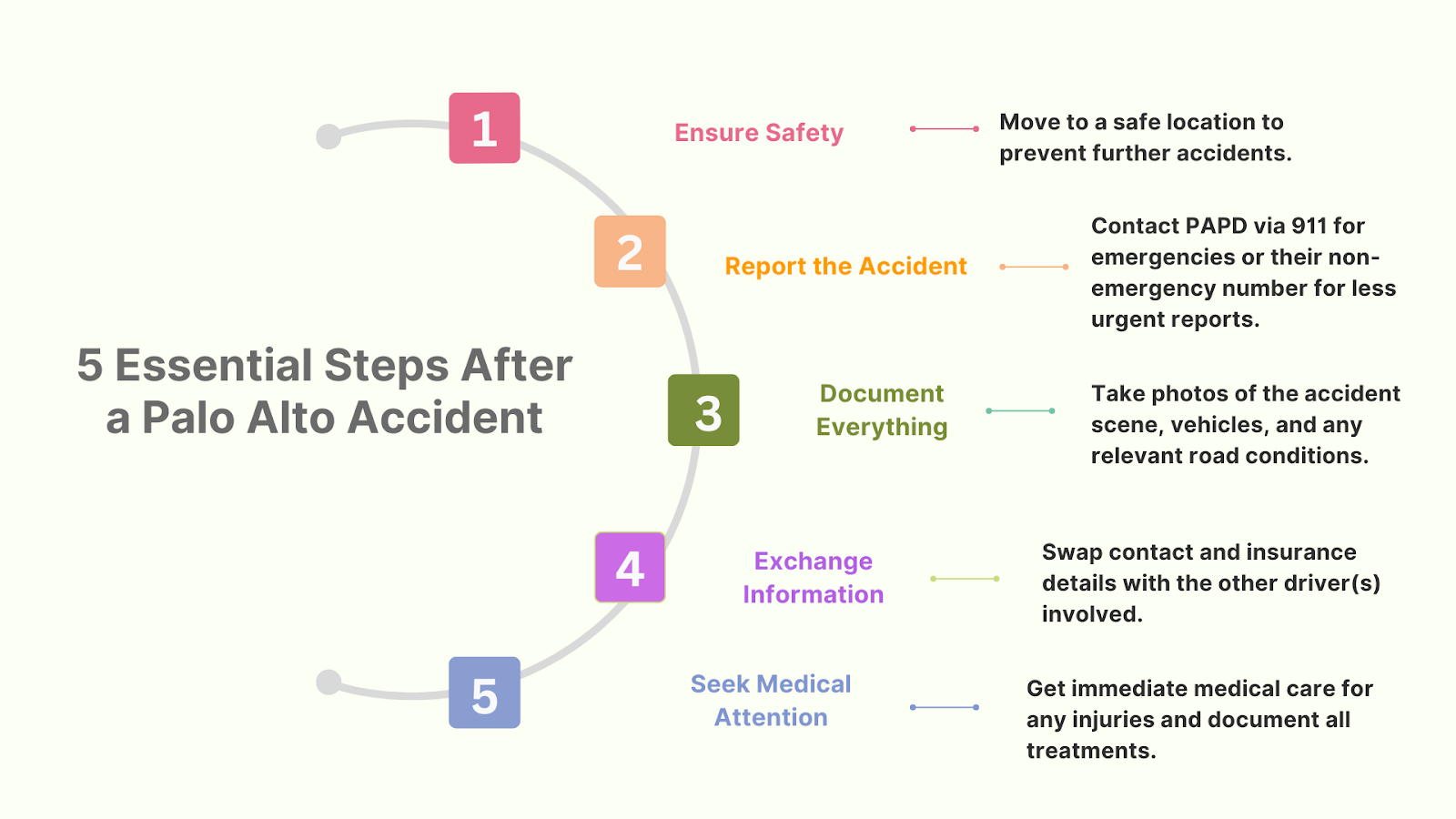

Ensure Safety and Seek Medical Attention
- Move to a safe location if possible to prevent further accidents.
- Check yourself and others for injuries.
- Call 911 if there are any injuries or if it’s a hit-and-run.
Report the Accident
- Report the accident to the Palo Alto Police Department (PAPD). You can dial 911 for emergencies or the non-emergency number at (650) 329-2413 if there are no immediate threats to health or safety.
- For accidents without injuries or serious vehicle damage, file a report online through the PAPD’s Internet reporting system.
Collect Evidence
- Take photographs of the scene, including vehicle positions, traffic signs, and road conditions.
- Note the time, date, and weather conditions.
- Exchange information with the other driver(s): names, contact information, vehicle descriptions, license plate numbers, and insurance details.
- Look for any witnesses and gather contact details from them.
Document Medical Treatment
- Keep records of all medical treatments received as a result of the accident.
- Request copies of all medical reports and bills.
Notify Your Insurance
- Inform your insurance company of the accident as soon as possible.
- Provide them with the evidence collected but avoid making any admissions of fault or speculative statements.
Navigating the aftermath of an accident can be distressing. If you have been injured, reach out to the Personal Injury Center today. We will connect you with a skilled personal injury lawyer in Palo Alto. We’re here to help you secure the support and compensation you deserve.
Navigating Legal Codes for Palo Alto Accidents
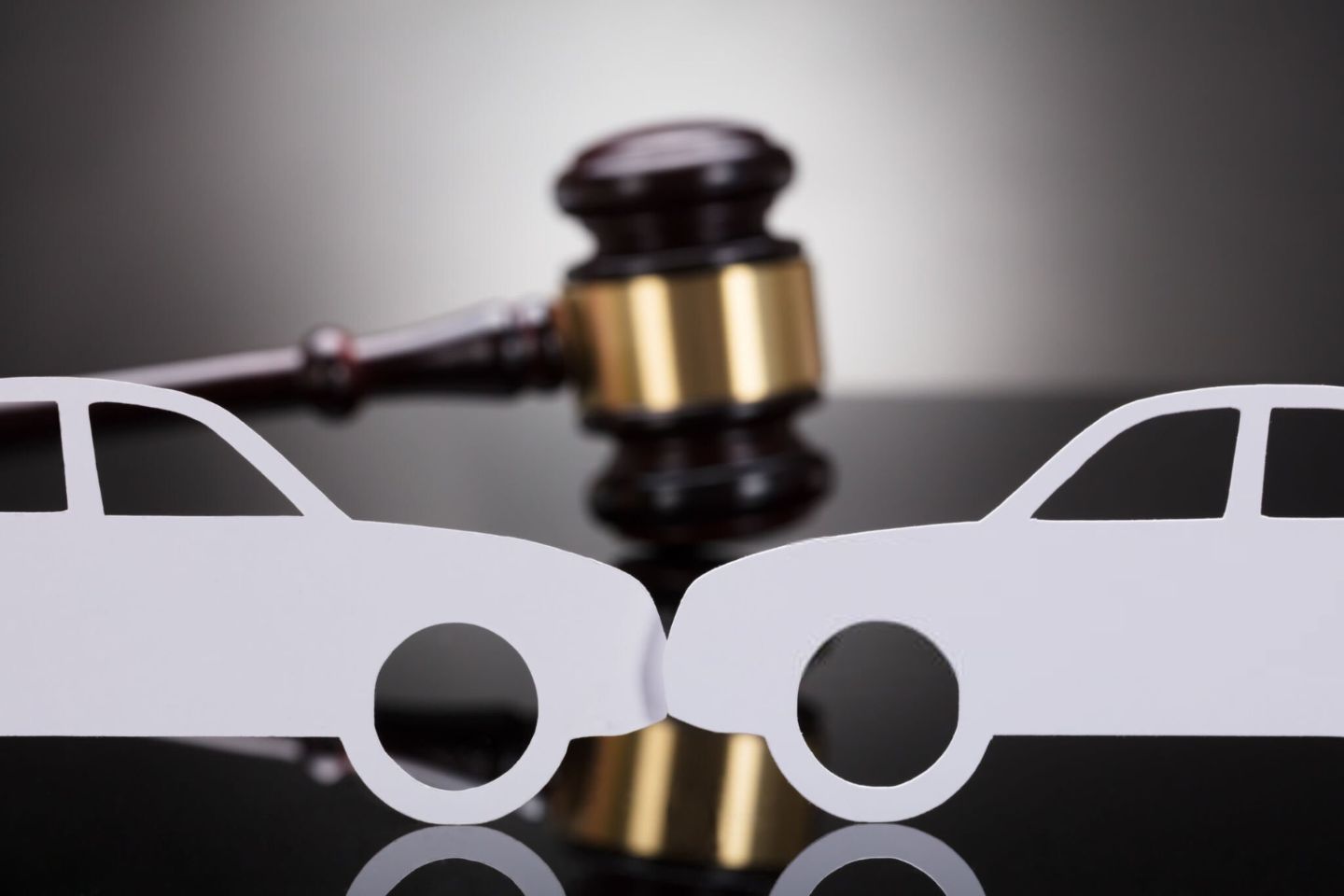

Understanding the legal framework is crucial when dealing with the aftermath of an accident in Palo Alto. Here’s a breakdown of relevant legal codes and what they mean for you.
Reporting Accidents to Law Enforcement
California Vehicle Code 20008 mandates drivers involved in an accident causing injury or death to report the incident. The report is to be made to the nearest California Highway Patrol (CHP) or police department immediately. The report should be in writing and must be submitted within 24 hours of the accident.
Obligation to Report to the DMV
According to California Vehicle Code 16000, anyone involved in an accident that results in property damage exceeding $1,000, injury, or death must report it to the Department of Motor Vehicles (DMV) using the SR-1 form. This serves as an official record of the incident and may be used in legal proceedings.
Following Too Closely
California Vehicle Code 21703 prohibits tailgating by requiring a safe and reasonable distance between your vehicle and the one in front of you. Failure to maintain such a distance and causing an accident can lead to a presumption of negligence. This means that the responsible party will be liable for the damages caused due to their negligence.
Responsibility for Willful Acts and Negligence
As per California Civil Code 1714, every person is responsible, not only for the result of their willful acts but also for injuries caused to another by their lack of ordinary care or skill. In accident cases, this means that a party may be held liable for damages if their negligence led to someone else’s injury.
Comparative Negligence
California follows a ‘pure comparative negligence’ rule, codified under California Civil Code 1431.2. This means that if you’re injured in an accident, your compensation may be reduced by your percentage of fault. For instance, if you’re found to be 20% responsible for an accident, your recovery of damages will be reduced by 20%. It’s a system that acknowledges that multiple parties can be liable to varying degrees.
The Basic Speed Law
The Basic Speed Law, specified under California Vehicle Code 22350, essentially states that you must adjust your speed to the conditions of the road, regardless of the posted speed limit. For example, driving at 65 mph in heavy fog or rain might be considered unsafe, even if the speed limit is 65 mph. If an accident happens because someone was driving too fast for the conditions, that person can be found negligent, meaning they failed to take proper care in avoiding harm to others.
DUI Offenses
California Vehicle Code 23152 is a section of the law that is strict on driving under the influence of alcohol or drugs. If a driver is involved in an accident while under the influence, they can face “negligence per se” charges. This means the act of driving while intoxicated is considered inherently negligent because it breaches a safety law. Furthermore, the driver may be subject to punitive damages. These are not compensations for injury but are intended to punish the wrongdoer and deter similar conduct in the future.
Statute of Limitations for Personal Injury Claims
California Civil Procedure 335.1 provides a two-year window from the date of the injury to bring a lawsuit to court. If a claim is not filed within this period, the right to sue is typically lost.
Accident Reports to Remain Confidential
California Vehicle Code 20012 is a statute that ensures that all reports made to the CHP regarding an accident are confidential. They may only be disclosed under specific circumstances, like a court order.
Understanding these codes is crucial for anyone involved in a car accident. If you have been injured in a car accident in Palo Alto, expert legal guidance can be invaluable. The Personal Injury Center can link you with knowledgeable attorneys in Palo Alto who are well-versed in these statutes and can help protect your rights and interests.
Palo Alto Accidents: Expectations for Your Legal Claim
Navigating a legal claim following an accident can be complex, and it’s important to set realistic expectations about the process and the possible outcomes. Below is a detailed guide to help you understand what to anticipate.
Understanding the Compensation You May Receive
- Medical Expenses: Costs for current and future medical care, rehabilitation, and any specialized equipment needed.
- Lost Wages: Compensation for the income lost from being unable to work, including lost earning capacity if the ability to work is affected long-term.
- Property Damage: Reimbursement for repairs or the replacement value of your damaged vehicle.
- Pain and Suffering: Compensation for physical pain, discomfort, and the overall impact on your quality of life.
- Emotional Distress: Recognizes the psychological impact of the accident, including anxiety, depression, and trauma.
- Loss of Consortium: Damages for the impact the injuries have on your relationship with your spouse.
Factors Influencing the Value of Your Claim
- Severity of Injuries: The type, extent, and permanency of injuries you sustain are assessed through medical evaluations. Long-term or permanent disabilities are weighed heavily.
- Treatment Costs: The total cost of medical treatments, including emergency care, surgeries, medications, and future medical needs, directly influences compensation.
- Impact on Daily Activities: Compensation may reflect how your injuries affect your ability to perform daily activities and enjoy life. This includes hobbies, exercise, and routine tasks.
- Contributory Negligence: As per contributory negligence laws, if you’re found even slightly at fault, you may be barred from receiving any compensation.
- Documentation: The amount of compensation can significantly depend on the evidence provided. Detailed medical records, eyewitness accounts, and accident scene photos play a critical role.
- Policy Limits: The defendant’s insurance policy limits can restrict the maximum amount of compensation available. If damages exceed these limits, it may be challenging to recover the full amount.
- Uninsured/Underinsured Motorist Coverage: Your own insurance coverage can come into play if the at-fault party lacks sufficient insurance. Your policy’s limits on uninsured/underinsured motorist coverage can also affect your compensation.
Process of a Legal Claim
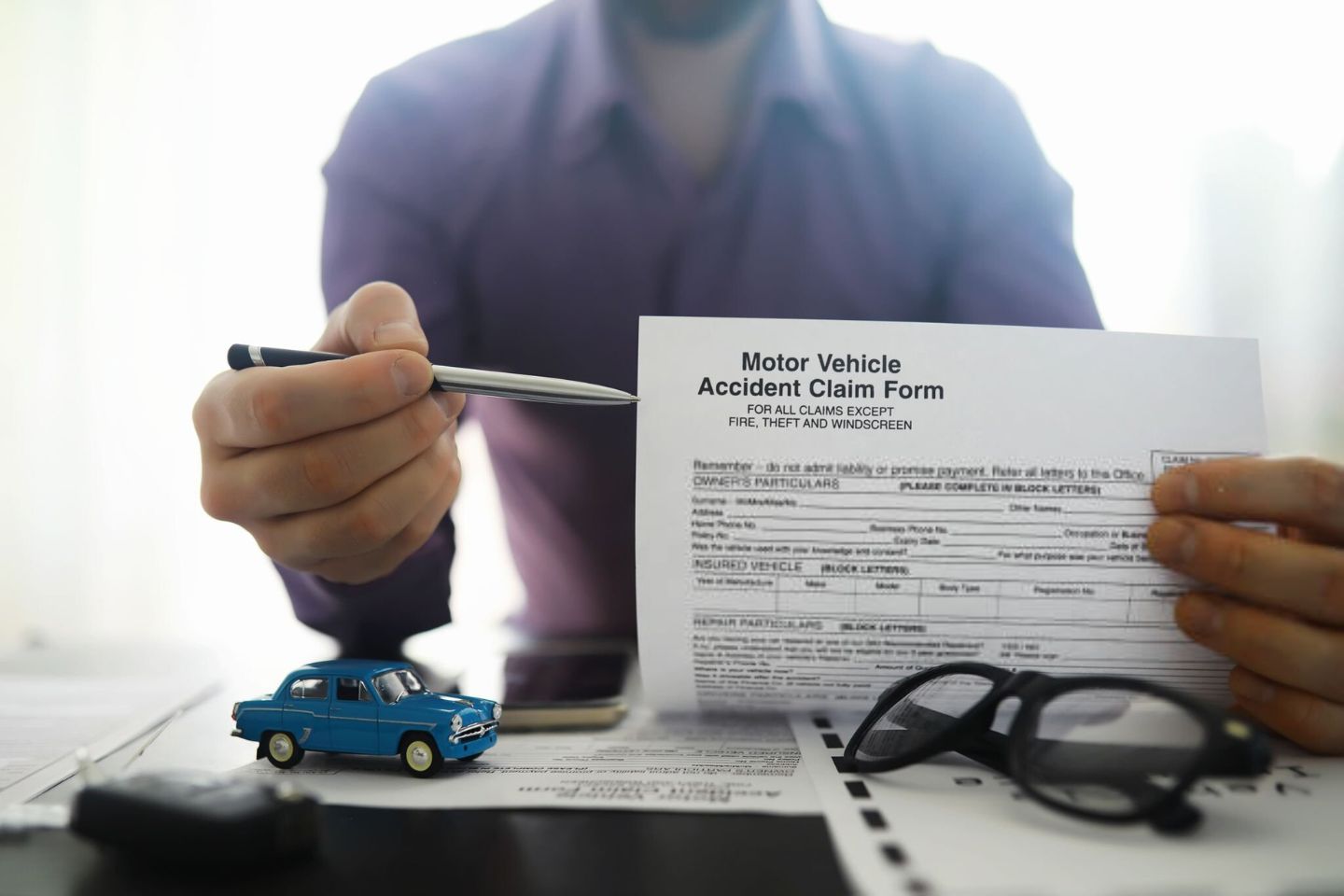

Navigating a legal claim is a step-by-step process, each with its own significance and requirements. Here’s a deeper dive into what each phase entails.
- Initial Consultation: This is where you present the facts of your case to a potential attorney. Be ready to provide any evidence you’ve collected, such as photos, medical reports, and a detailed account of the accident.
- Documentation: Your attorney will begin by drafting and filing a complaint against the defendant(s), which outlines your allegations and the damages sought. This is filed in the appropriate court.
- Service of Process: After filing, the complaint must be legally delivered to the defendant(s), informing them of the lawsuit and requiring their response.
- Information Gathering: Both parties exchange information through various means, including interrogatories (written questions), depositions (oral questioning under oath), and requests for documents.
- Expert Testimony: Often, experts in fields relevant to the case, such as medical professionals or accident reconstruction analysts, are brought in to provide testimony.
- Settlement Discussions: Your attorney will engage in negotiations with the defendant’s insurance company or legal representative. This is done in an attempt to reach a fair settlement without going to trial.
- Mediation: Sometimes, a neutral third party, known as a mediator, is involved to facilitate a settlement agreement between the parties.
- Trial: In certain cases, where settlements and discussions fail, the case is then taken to court and resolved through a trial.
The legal aftermath of an accident can be challenging. If you have been injured, connect with the Personal Injury Center for comprehensive guidance. We will link you to an experienced personal injury lawyer in Palo Alto who will help you seek the compensation you deserve.
Key Takeaways
|
FAQs
How do I report a car accident in Palo Alto?
For emergencies, dial 911. For non-emergencies, call the Palo Alto Police Department at (650) 329-2413. You can also file a report online through the PAPD’s Internet reporting system for accidents without injuries or serious vehicle damage.
Can I claim compensation for emotional distress after a car accident in Palo Alto?
Yes, victims of car accidents in Palo Alto can claim compensation for emotional distress, including anxiety, depression, and PTSD, as part of their personal injury claim.
What is comparative negligence, and how does it affect my car accident claim in California?
Comparative negligence means your compensation can be reduced by your percentage of fault in the accident. For example, if you’re found to be 20% at fault, your compensation will be reduced by 20%.
How long do I have to file a personal injury lawsuit after a car accident in Palo Alto?
In California, you have two years from the date of the accident to file a personal injury lawsuit, according to California Civil Procedure 335.1.



